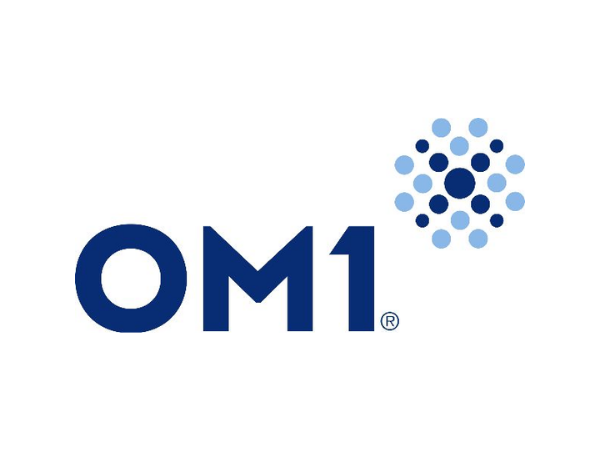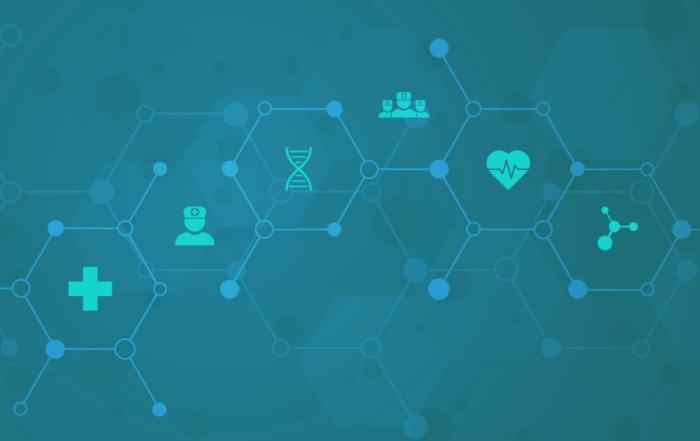Join experts, Joseph Zabinski, PhD, MEM, and Jonathan Kish, PhD, MPH, for a discussion on how research groups are driving awareness, funding, and new research of orphan and rare diseases.
There are over 7,000 rare and orphan diseases known to impact approximately 1 in 17 individuals globally, or 50 million in the EU and USA alone. The development of safe, effective, and accessible therapies against these diseases has been challenged by manufacturing, clinical and regulatory hurdles. Despite these obstacles, increased awareness, greater funding, and new research technologies are driving discoveries in this area. Join this webinar to learn how various research groups are working in this space.
Dr. Zabinski will be discussing how Artificial Intelligence (AI) and Real-World Datasets (RWD) can work in synergy to address many of the challenges facing rare disease researchers, including better describing real-world epidemiology; identifying meaningful patterns in rare disease patient journeys; and assisting in finding patients, plus those not yet diagnosed. This presentation will briefly explore the ways AI and RWD together can enhance visibility into patient trajectories, improve rare disease patient identification for clinical trial recruitment and observational research, and shorten time to diagnosis.
Dr. Kish discusses how precision medicine is redefining how we evaluate and treat rare diseases. No longer is cancer defined by its organ of origin, tissue or cell type but rather its genotype. Over just a few decades lung cancer has been transformed from one disease affecting 100,000+ in the U.S. annually to dozens of cancers that each inflict just a few thousand. But, finding patients and RWD to improve outcomes can be challenging. Learn how Cardinal Health Real-World Evidence and Insights takes a decentralized approach to identify hard to find patients and RWD.
Key Topics Include:
· Understand the value of RWD and AI in enhancing real-world rare disease epidemiology
· Describe real-world use cases for addressing unique challenges in clinical development for rare diseases
· Recognize how AI and RWD can be used to find rare disease patients, including those without a diagnosis
Presenters
VP, Head of Commercial Strategy & AI
OM1
Senior Director
Real-World Evidence and Insights
Cardinal Health












